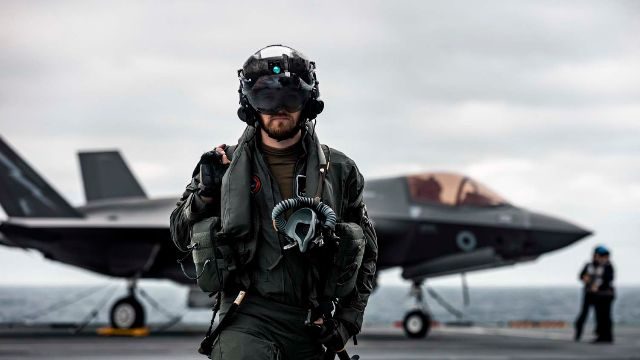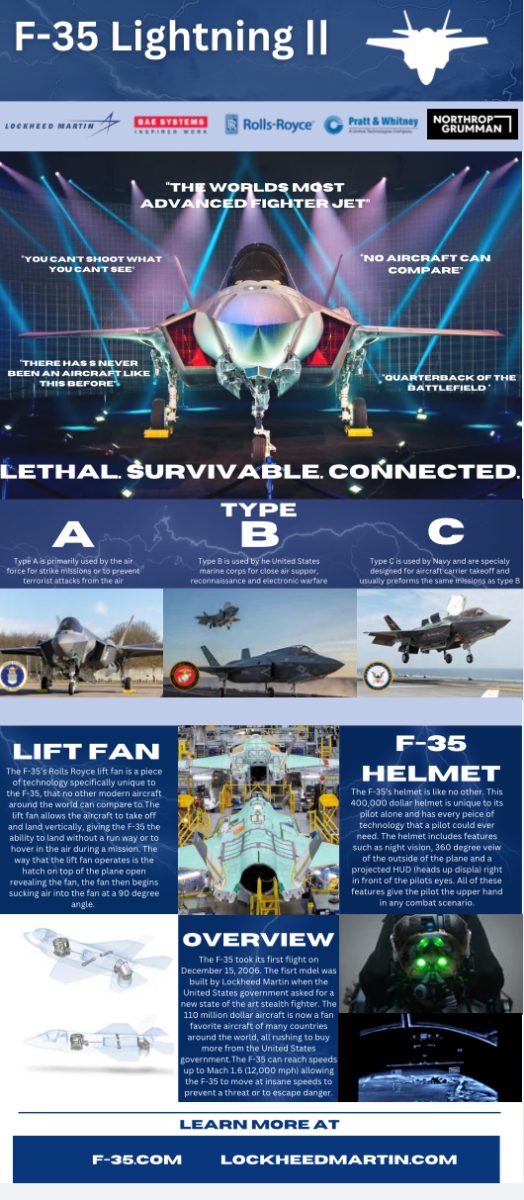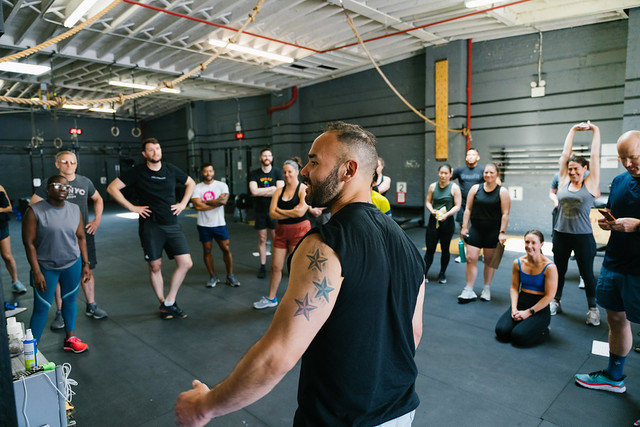The Creation of the World’s Most Technologically Advanced Aircraft: A History of the F-35 Lightning ii.
The F-35 Lightning II is considered one of the most advanced fighter jets ever built. Developed by Lockheed Martin through the Joint Strike Fighter (JSF) program, the F-35 was designed for the United States military and its allies. As a stealth multirole fighter, it can avoid radar detection and perform a variety of missions, including air-to-air combat, ground attacks, and reconnaissance.
The idea for the F-35 began in the 1990s, when the U.S. Department of Defense sought to replace aging aircraft used by the Air Force, Navy, and Marine Corps. Rather than developing separate planes for each branch, the goal was to create a single aircraft platform that could be adapted to meet different military needs. This would improve efficiency and reduce long-term costs while enhancing combat performance across the board. In 1996, the U.S. military officially launched the Joint Strike Fighter program and invited aircraft manufacturers to compete for the contract. Lockheed Martin and Boeing were selected to build prototype aircraft for testing. Lockheed Martin created the X-35, while Boeing produced the X-32. Both planes were evaluated based on their stealth capabilities, speed, weapons systems, and their ability to take off and land under different conditions. One major requirement was a version that could perform short takeoffs and vertical landings, especially for use by the Marine Corps.
After a thorough testing phase, Lockheed Martin’s X-35 outperformed Boeing’s X-32, particularly in short takeoff and vertical landing trials. In 2001, the X-35 was declared the winner, and Lockheed Martin began developing the aircraft under the official name F-35 Lightning II. The name was chosen in honor of the P-38 Lightning, a legendary fighter plane used during World War II. The F-35 was designed in three main versions, each customized for a specific branch of the military. The F-35A was built for the Air Force and operates like a traditional fighter jet. The F-35B was designed for the Marine Corps and is capable of taking off from short runways and landing vertically. The F-35C was developed for the Navy and features larger wings and reinforced landing gear to operate from aircraft carriers at sea.
Despite its ambitious goals, the F-35 program experienced numerous difficulties. Software bugs, technical issues with the engine, and delays in production led to significant setbacks. These problems, along with the complexity of creating three versions of the same jet, caused costs to rise sharply. By the mid-2010s, the total cost of the program had reached an estimated $1.5 trillion, making it the most expensive military project in history. Still, the U.S. military and its allies continued to view the F-35 as a vital investment in the future of air warfare. The first operational F-35s were delivered to the U.S. Marine Corps in 2015, followed by deliveries to the U.S. Air Force in 2016 and the Navy in 2019. Since then, several allied nations have also adopted the F-35, including the United Kingdom, Italy, Japan, Australia, and Israel. Some countries, such as Israel, have even used the F-35 in real-world combat operations, taking advantage of its stealth and intelligence-gathering abilities.
Today, more than 950 F-35s have been built, and production continues to meet rising global demand. Lockheed Martin is also working on upgrades to improve the jet’s radar, weapons systems, and artificial intelligence, ensuring it remains ahead of potential threats. These advancements will help the F-35 maintain its status as one of the most powerful and modern fighter jets in the world. In conclusion, the F-35 Lightning II represents a major advancement in military aviation. Although the program faced many early challenges, the aircraft has proven to be highly capable and essential to the future of air combat. With continued improvements, the F-35 is expected to play a critical role in national defense for years to come.
The F-35’s 400,000 Dollar Helmet: A Game Changer for Fighter Pilots
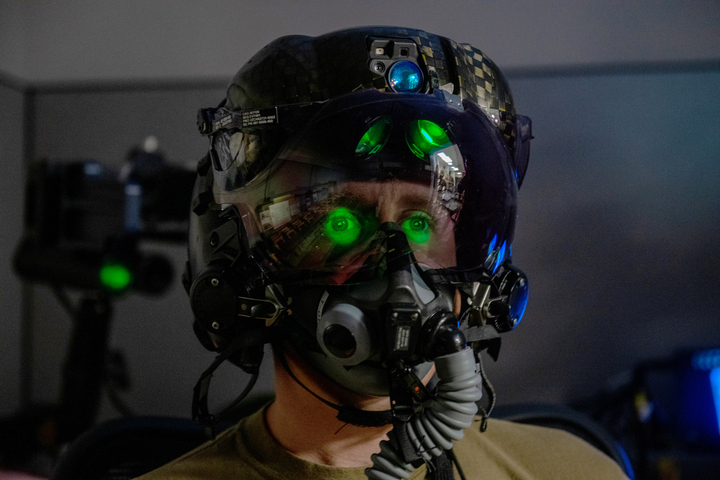
The F-35 HDMS Helmet, made by Elbit Systems, is one of the most advanced fighter helmets in the world. It gives pilots complete awareness and control to help them survive and win in battle.
Key Features of the F-35 Helmet:
- Heads-Up Display (HUD) – Critical flight data is shown inside the helmet, so pilots don’t need traditional cockpit screens.
- Night Vision & Day Vision – Built-in system for clear vision in all lighting conditions.
- 360° View – Cameras on the F-35 let pilots “see through” their aircraft.
• State-of-the-Art Communication – Secure, crystal-clear comms for mission success.
- Custom Fit – 3D-scanned to fit each pilot’s head perfectly.
How Pilots Get Their Helmet
Each helmet takes two weeks to custom-build for a pilot:
-
- Based on UPT/IFF performance, pilots are assigned aircraft.3D Head Scan – Ensures the perfect fit.
- Optics Alignment – A special tool, called a pupilometer, aligns the pilot’s vision with the HUD
- Final Adjustments & Testing – The helmet is fine-tuned before being delivered.
Why This Helmet Was Created
The F-35 helmet gives American pilots the best chance of survival in modern air combat by:
- Displaying all important flight and mission data inside the helmet.
- Helping pilots see in the dark and through bad weather.
- Allowing pilots to look anywhere and still see outside their aircraft.
- Providing secure and clear communication with their team.
The F-35 helmet is more than just headgear, it’s a high-tech command center meant to give pilots everything they need to conquer the skies.
How to Become a Fighter Pilot: A Step by Step TimelineBecoming a U.S. Air Force (USAF) fighter pilot takes years of training, dedication, and top performance. Here’s a step-by-step guide to the process.
Step 1: Meet the Basic Requirements (Ages 17–23)
Candidates must:
- Be a U.S. citizen, aged 18–33 at commissioning.
- Have a bachelor’s degree (preferably in STEM).
- Pass the Air Force Officer Qualifying Test (AFOQT).
- Meet height, weight, and vision standards (correctable to 20/20).
- Qualify for a Top Secret security clearance.
Most candidates start by joining a commissioning program.
Step 2: Earn a Commission as an Officer (Ages 18–24)All fighter pilots must be officers. There are three main paths:
- U.S. Air Force Academy (USAFA) – 4 Years
- Located in Colorado Springs, CO.
- Includes military training and a degree.
- Air Force ROTC – 4 Years
- Available at civilian universities.
- Offers scholarships for service.
- Officer Training School (OTS) – 9 Weeks
- A fast-track option for college graduates.
After commissioning, officers begin flight training.
Step 3: Initial Flight Training (IFT) – 4 to 6 Weeks
Location: Pueblo, CO
- Candidates fly DA-20 Katana aircraft to assess flight skills.
- Only top performers move on.
Step 4: Undergraduate Pilot Training (UPT) – 1 Year
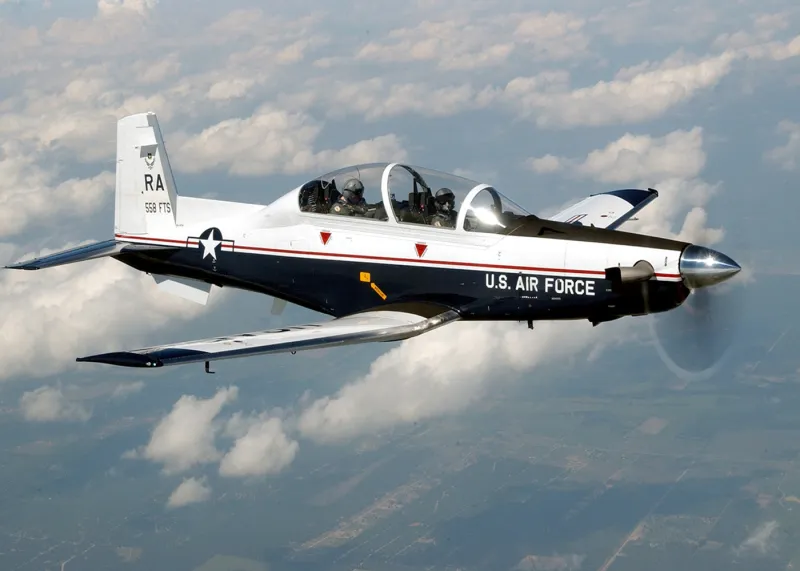
This is one of the USAF’s T-6 Texan ii. This aircraft is used to train future USAF pilots. Location: Various Air Force bases
- Starts with the T-6 Texan II for basic flight training.
- After 6 months, pilots are selected for either:
- T-38C Talon (fighter/bomber track)
- T-1 Jayhawk (transport/tanker track)
- Fighter-track pilots must rank at the top.
Step 5: Introduction to Fighter Fundamentals (IFF) – 8 to 12 WeeksLocation: Sheppard AFB or select UPT bases
- Training on the T-38C Talon in combat flying and air-to-air tactics.
- Performance determines fighter aircraft selection.
Step 6: Aircraft Assignment and Formal Training – 6 to 9 Months
Starts with the T-6 Texan II for basic flight training.
- After 6 months, pilots are selected for either:
- T-38C Talon (fighter/bomber track)
- T-1 Jayhawk (transport/tanker track)
- Fighter-track pilots must rank at the top.
- F-35 Lightning II pilots attend B-Course at Luke AFB, Eglin AFB, or Hill AFB.
- Training includes simulators, live flights, and combat tactics.Step 7: Operational Fighter Squadron Assignment
- New fighter pilots join active-duty squadrons.
- Continued training in air combat exercises and deployments.
- Career advancements include:
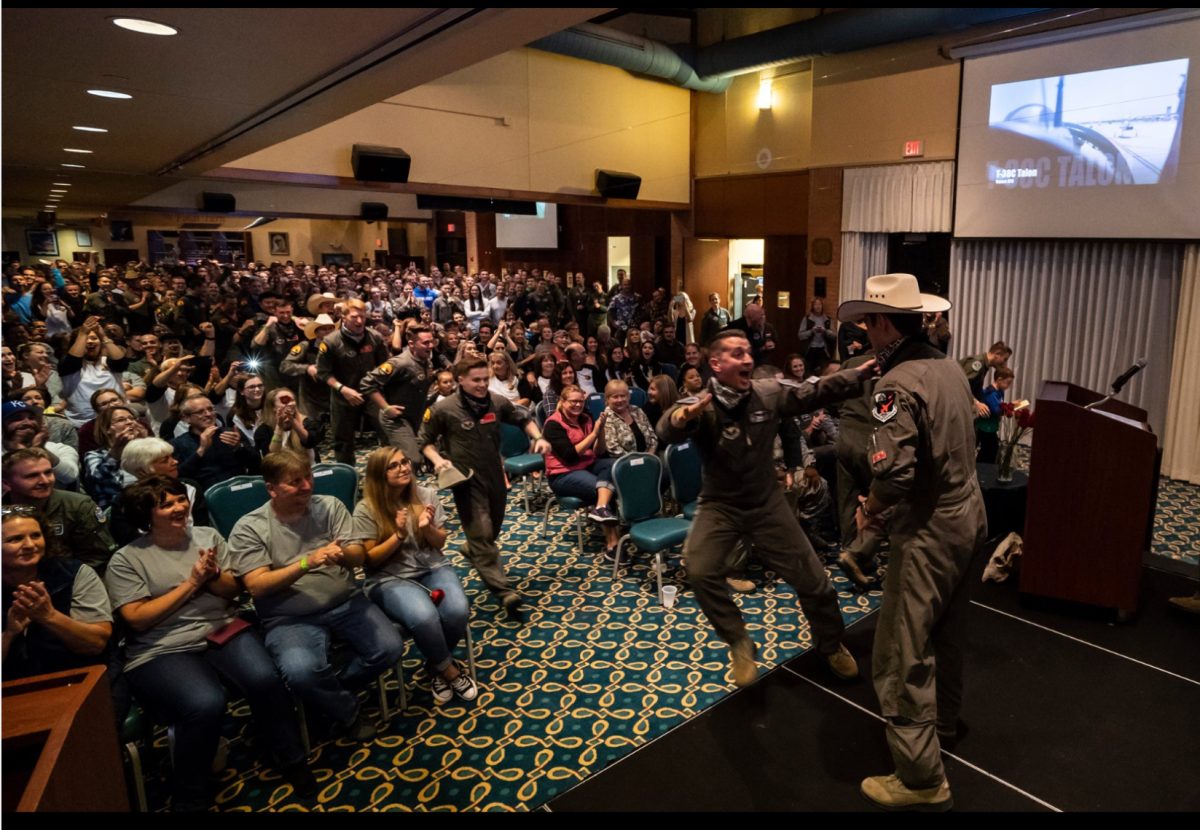
After pilots complete their training they gather together with family and friends to celebrate and learn what aircraft they will be flying. - Flight Lead – Leading missions.
- Weapons School – USAF’s “Top Gun.”
- Test Pilot School – Developing future aircraft.
Step 7: Career Growth & Leadership- Become an Instructor Pilot (IP) to train others.
- Move into command positions like Squadron Commander.
- Specialize in roles like Aggressor Pilot (training against enemy tactics).
Becoming a fighter pilot is tough, but it’s one of the most rewarding careers in aviation.
- Based on UPT/IFF performance, pilots are assigned aircraft.3D Head Scan – Ensures the perfect fit.

